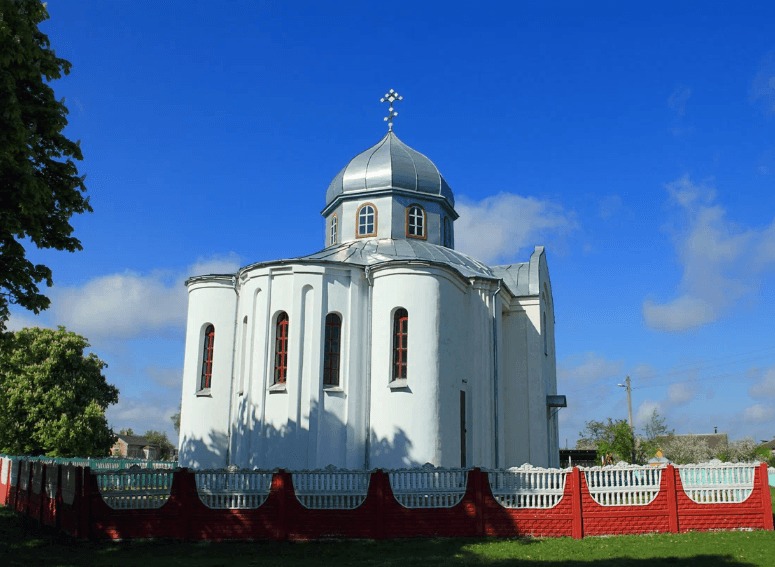Kroshin. Church of the Holy Great Martyr Healer Panteleimon
Church
Belarus, Brest region, Baranovichi district, Kroshin, Lenin street,2
Description
The church in honor of the Holy Great Martyr Panteleimon was consecrated and opened to parishioners in 2000. Its construction was carried out according to the project of the Belarusian architect Leonid Makarevich, who also designed several other Orthodox churches in Belarus and the project of the October cinema in the capital.
The church attracts believers seeking the intercession of Saint Panteleimon, known as the healer and patron saint of all warriors, and in the Western Christian tradition, also the patron saint of doctors.
Categories
Architectural monument
Comments
Reviews to the Place
1Yaroslav Sg
25.03.2025
Kroshin. Church of the Holy Great Martyr Healer Panteleimon
Panteleimon, known in pagan tradition as Pantoleon, is a Christian saint who was born in 275 in Nicomedia. His name means "all-merciful" in translation, and the pagan name is interpreted as "the lion in everything." The Holy Healer's Memorial Day is celebrated on July 27 in both the Orthodox and Catholic traditions. Panteleimon is revered as the patron saint of warriors, and Western Christians also consider him the patron saint of doctors.
The church dedicated to the Holy Great Martyr Panteleimon was opened to parishioners in 2000. The idea of its construction appeared in 1999, when the community was formed, which took the initiative to erect a church. The temple was designed by the famous Belarusian architect Leonid Makarevich. He has designed many Orthodox churches, including those located in Baranovichi, Pinsk, Bereza, Beloozersk and the village of Svyataya Volya in the Ivatsevichi district. In addition, Makarevich is known for his work on civilian facilities such as the October cinema in the capital.
The construction of the church was carried out thanks to donations from parishioners and the support of an agricultural enterprise located in Kroshin. The main part of the funds was contributed by residents who were sincerely interested in creating a spiritual center.
Architecturally, the temple is made in a cubic shape of white brick. Its architectural ensemble is crowned by a large dome with a bluish-gray metal roof. The design emphasizes the purity of lines and simplicity of the architectural solution, in harmony with the surrounding landscape.


